5 Tips for Choosing Plants From the Nursery
With the imminent arrival of fall, I can’t wait to get to the nursery to select plants for empty spots in my landscape. Each year, I do an inventory or audit of my garden and look at struggling plants or just not adding much to my outdoor space.
If you are like me, you may also consider adding plants this fall.
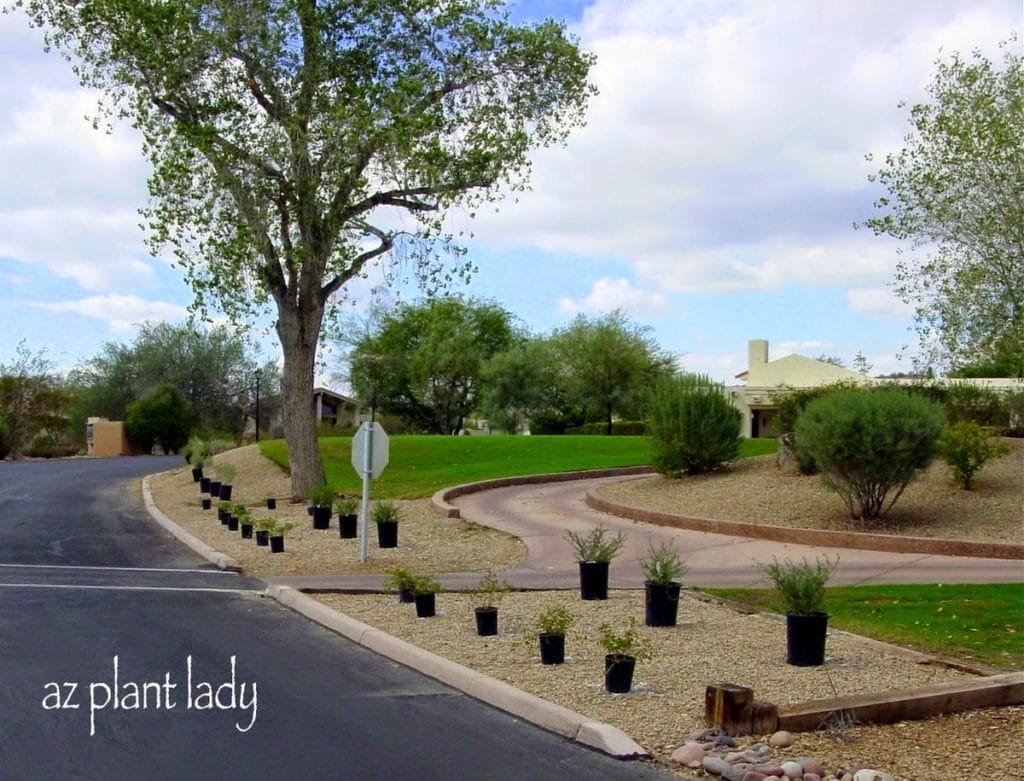
In my career as a horticulturist, I’ve designed, planted, and overseen the installation of thousands of plants.
As you can imagine, I have accrued tips on how to and how NOT to select the best plants for the landscape.
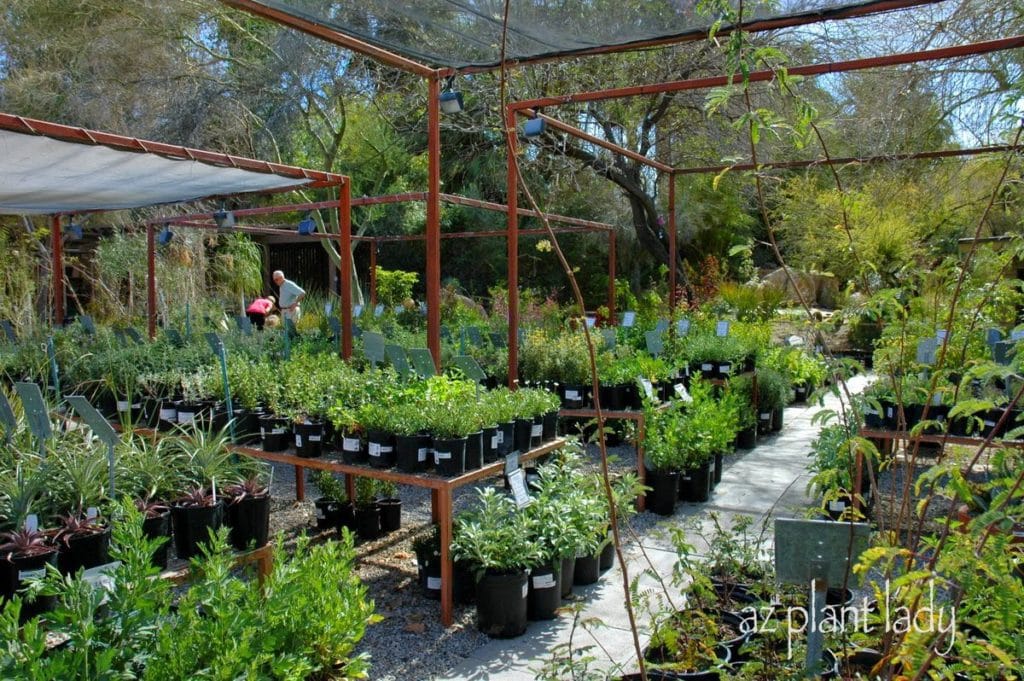
Plant nursery at The Living Desert Museum in Palm Desert, CA
In my online course, Desert Gardening 101, one of the very first sections deals with how to best choose plants from the nursery. Today, I’d like to share with you some of my favorite tips on how to select the best plants at the nursery that will save you money and future problems.
Earlier this month, I wrote about the importance of researching plants before buying. This is a crucial step to ensure that you select a plant that will thrive in your climate.
I encourage you to take a few minutes to read these tips, which could save you from buyer’s remorse and a dead plant.
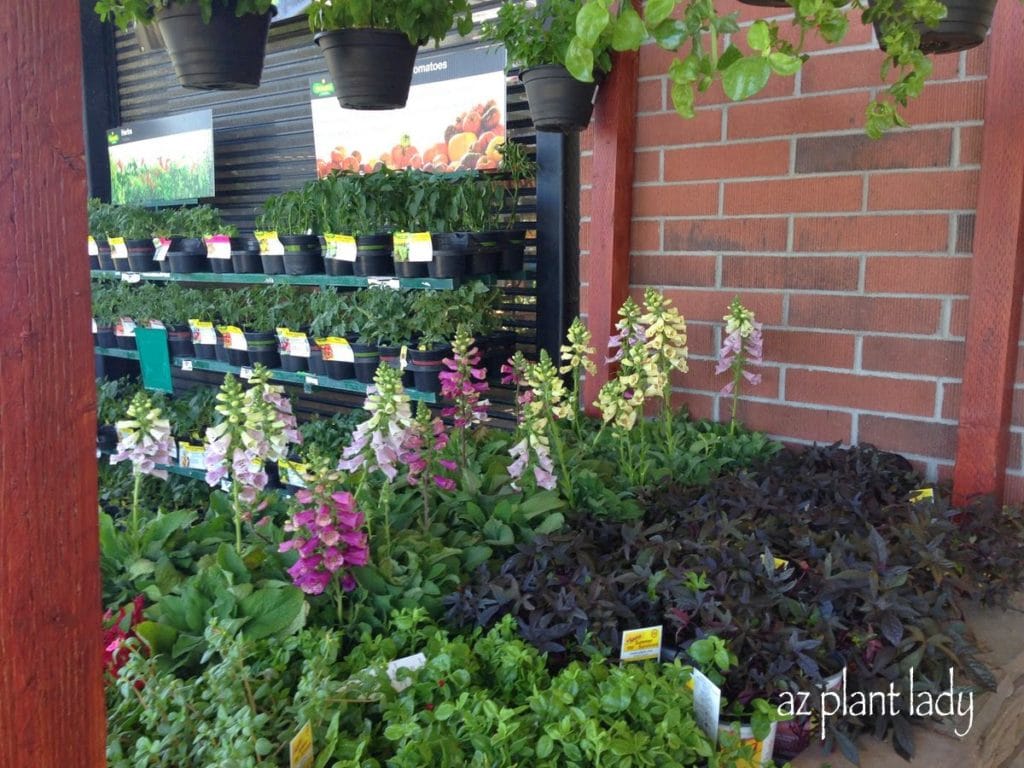
Foxglove for sale in front of an Arizona big box store nursery. This lovely perennial is not the easiest plant to grow in the desert garden.
1. Avoid impulse buys.
Believe it or not, some nurseries carry plants that will not grow well in your area. I have often seen hydrangeas offered at my local big box store. While I would LOVE to be able to grow hydrangeas in my Southwest garden, I know that within a few weeks of planting, they will soon languish and die.
Don’t assume that just because your local nursery sells a certain type of plant, it will grow in your climate. Sadly, this is particularly true of big box stores.
Why do the stores stock plants that won’t grow in the local climate? The answer is simple – most people are drawn to these plants because they are colorful and beautiful. So, they inevitably purchase them, assuming that they will grow in their garden. A few weeks later, they are dismayed when their new plant becomes sickly and dies. This leads to many people believing that they have a black thumb.
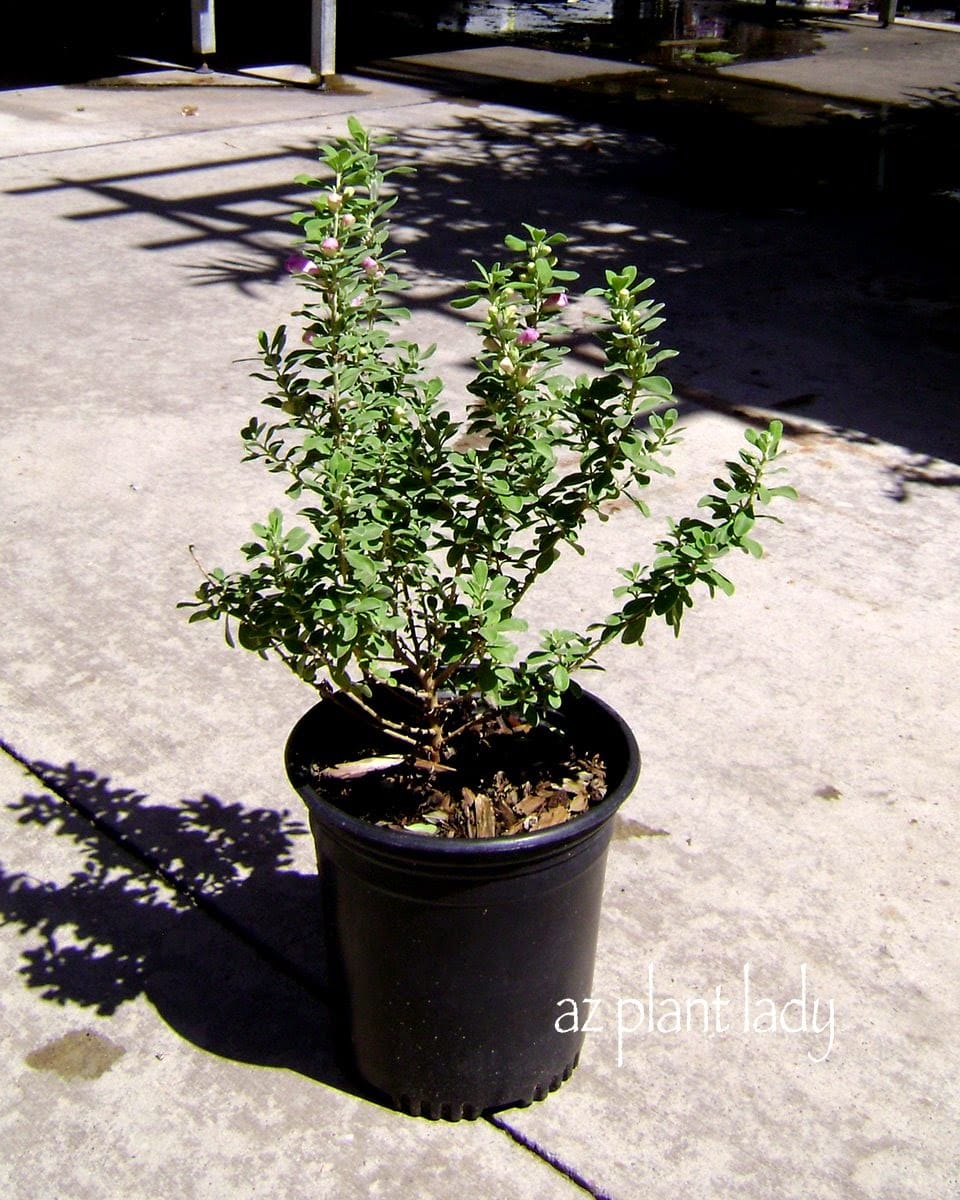
2. Smaller sizes can be better.
In many cases, it is better to skip over the larger plant in favor of one in a smaller container.
Of course, there is the amount of money you will save, but did you know that the smaller plants have an easier time becoming established?
Smaller plants are younger and better able to handle the shock of being transplanted than older plants. In addition, they have less upper growth (branches, leaves, and stems) to support, so they can focus on growing roots, which is vital to their growth rate.
Bigger and older plants aren’t as adaptable and take an extended length of time to grow.
Planting smaller plants works best for those with a moderate to fast growth rate. For plants with a slow rate of growth, you may want to select a larger plant size.
Another bonus is that you don’t have to dig as large a hole, in addition to saving money!
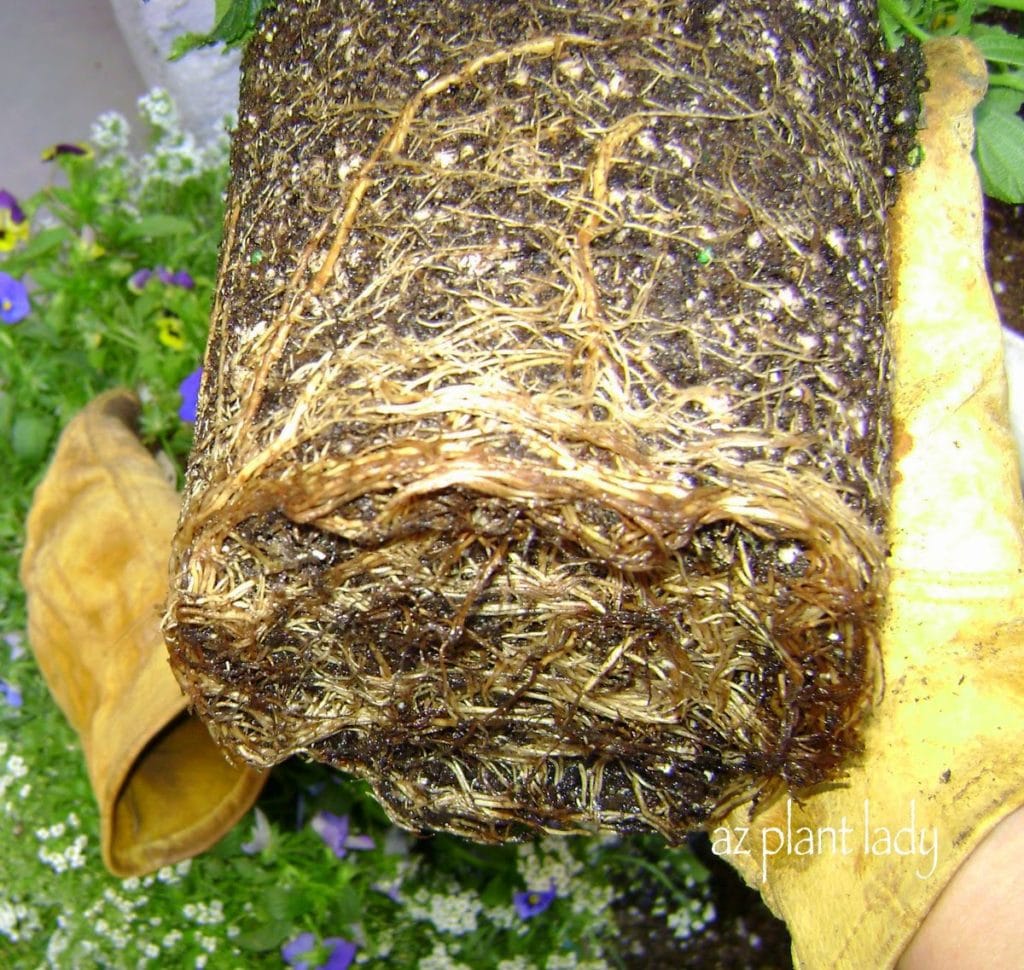
Root-bound plant
3. Avoid plants that have been in their containers too long.
Sometimes, nurseries don’t sell plants as quickly as they’d like. So what happens when a plant sits in a container too long?
The roots start growing around each other, causing the plant to become root-bound. Once roots grow this way, they have a hard time growing outward into the soil as they should. Eventually, the plant can decline and even die.
How can you tell if a plant has been in its container too long?
– Look for signs such as weeds growing in the pot, which indicates that it may have been in the nursery for a while.
– Are there any dead leaves inside the pot? This also indicates that it may have been sitting in the nursery for a long time.
See if roots are growing through the drainage holes. If so, that is a clear indication of a plant that has been in its container too long.
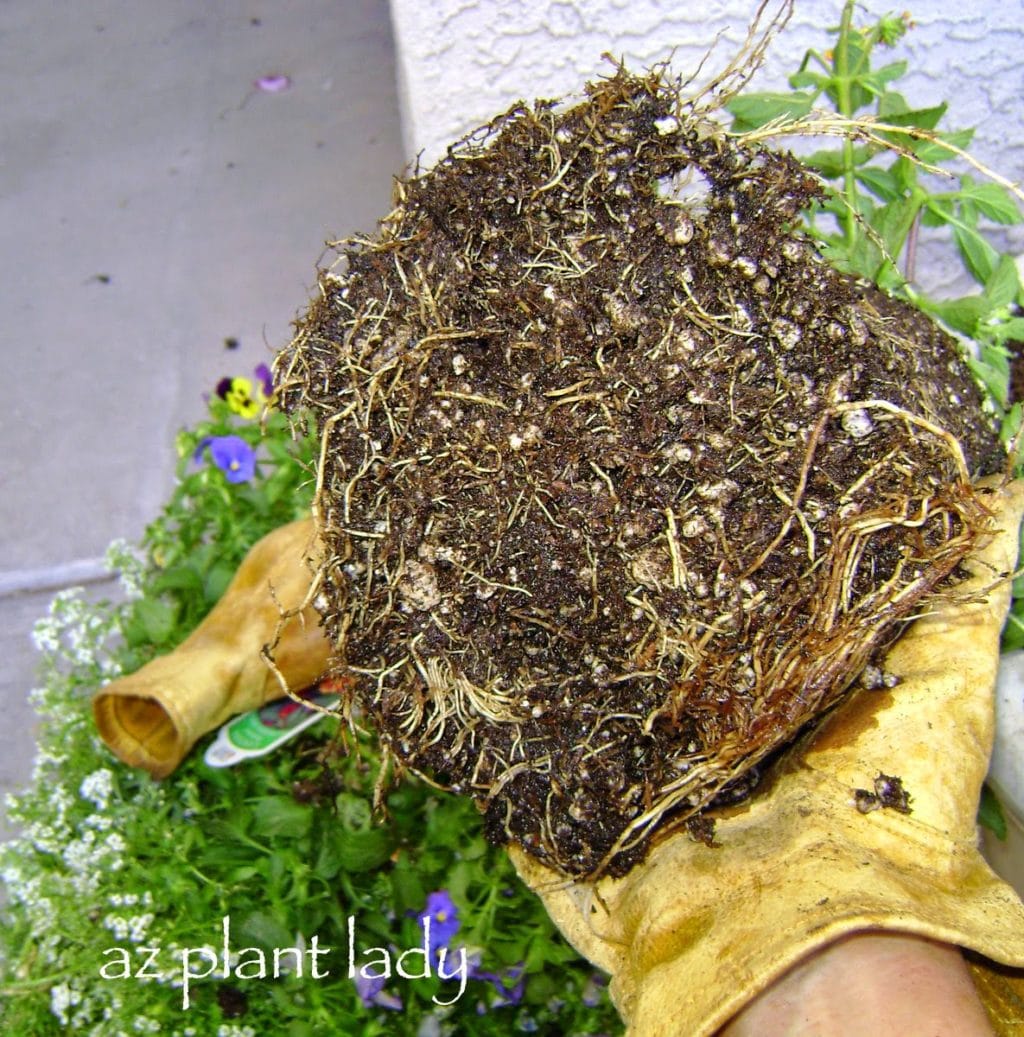
This blog post contains affiliate links.
If you have brought a plant that turns out to be rootbound, you can help it out. Take a box cutter or ‘hori-hori’ garden knife, which is a soil knife useful for cutting and digging. I use it to make a series of vertical cuts around the root ball so that you are cutting through the circled roots. Do this on the bottom, too.
By cutting the roots, you are disrupting the circular growth pattern, and they should be able to grow out into the surrounding soil.
4. Select healthy plants.
While most plants at the nursery are usually healthy and in good shape, this isn’t always the case.
Avoid plants with yellow leaves, which can indicate incorrect watering. Look for signs of any yellow or brown spots on the leaves, which can also be a sign of disease. Also, check for signs of disease, such as insects or webs or chewed leaves.
Bringing any plants home with a disease or damaging insects can inadvertently infect your existing plants.
Check the soil in the pot and if appears overly moist or has a funny odor, walk away. Overwatered plants rarely do well.
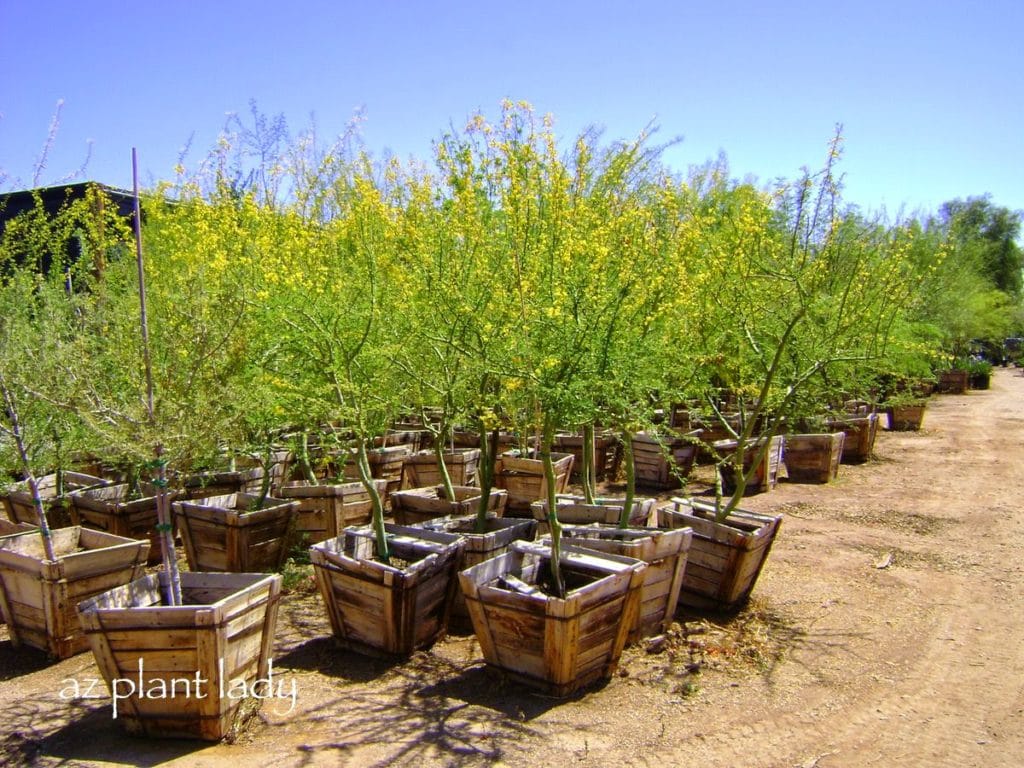
5. Select plants that are grown locally whenever possible.
In Arizona, where I live, many plants found in our nurseries are grown in California. (I don’t have anything against things from California – I grew up there 😉
However, plants grown in a different climate and then brought to another one can have a tough time adapting to the new climate unless they have had time to ‘harden off’ and adjust to the weather conditions.
When possible, choose plants grown by local growers. The plants will have an easier time becoming established, and you will also be supporting your local economy.
Do you have any plant-buying tips? Please share them in the comments.

 Noelle Johnson, aka, 'AZ Plant Lady' is a author, horticulturist, and landscape consultant who helps people learn how to create, grow, and maintain beautiful desert gardens that thrive in a hot, dry climate. She does this through her consulting services, her online class Desert Gardening 101, and her monthly membership club, Through the Garden Gate. As she likes to tell desert-dwellers, "Gardening in the desert isn't hard, but it is different."
Noelle Johnson, aka, 'AZ Plant Lady' is a author, horticulturist, and landscape consultant who helps people learn how to create, grow, and maintain beautiful desert gardens that thrive in a hot, dry climate. She does this through her consulting services, her online class Desert Gardening 101, and her monthly membership club, Through the Garden Gate. As she likes to tell desert-dwellers, "Gardening in the desert isn't hard, but it is different."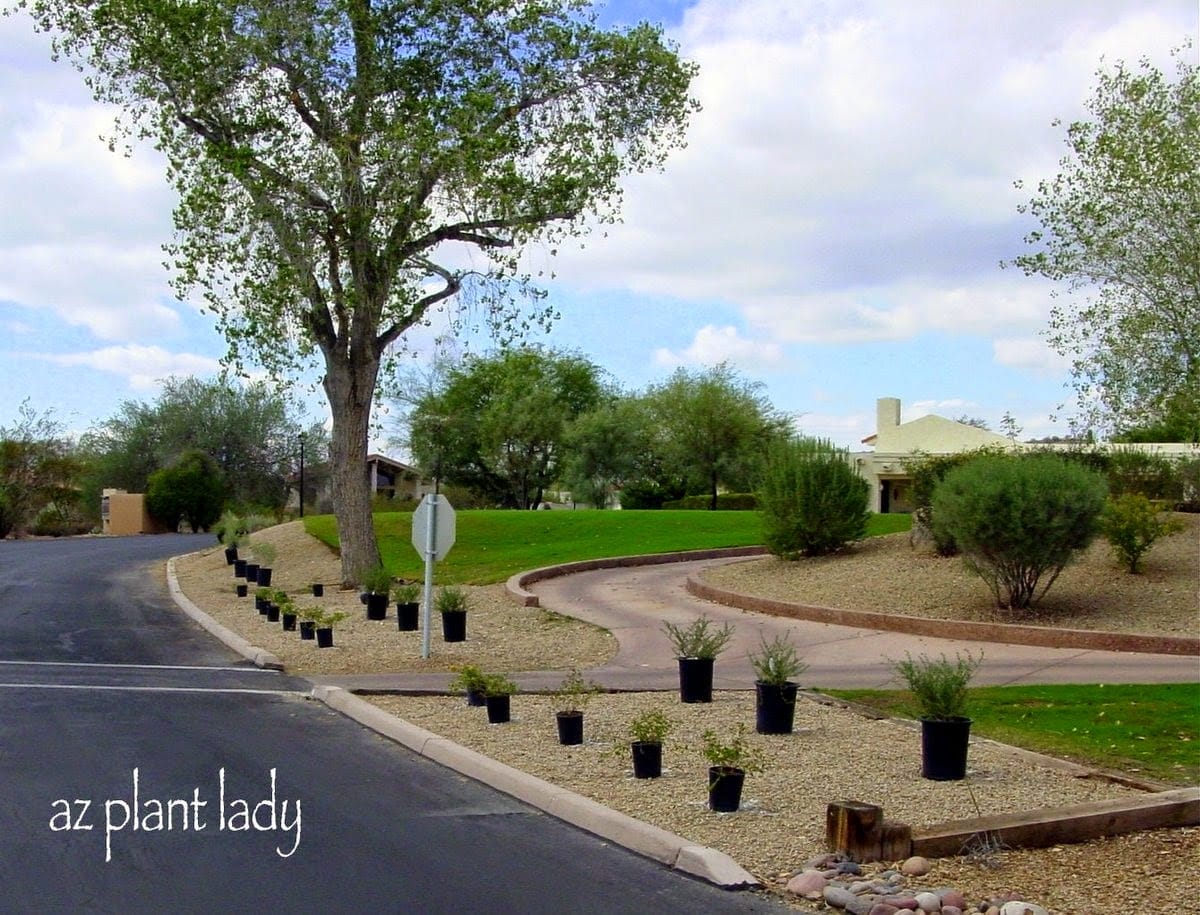
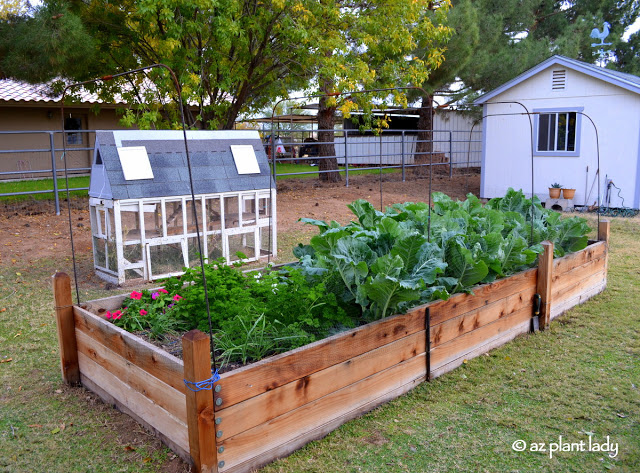
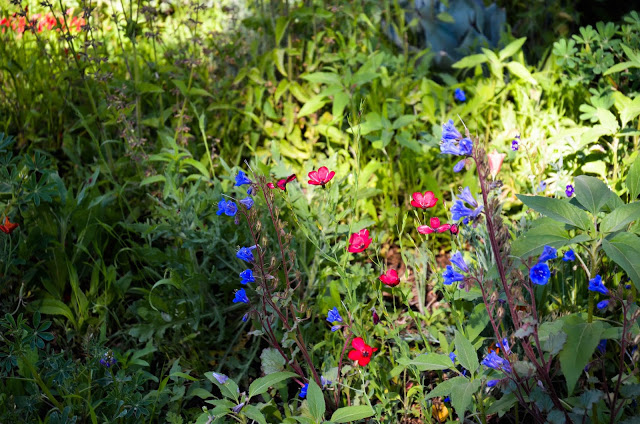
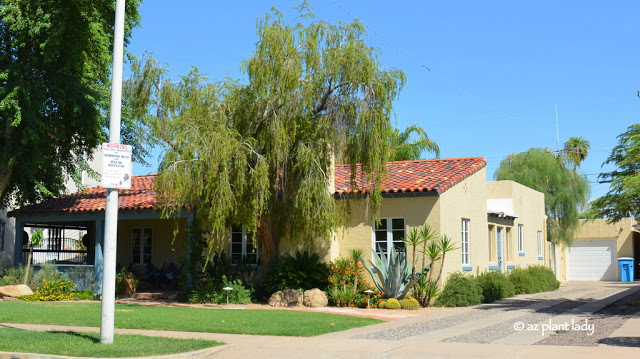

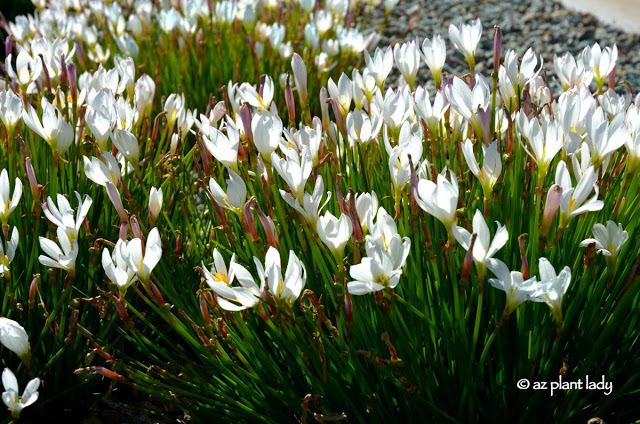
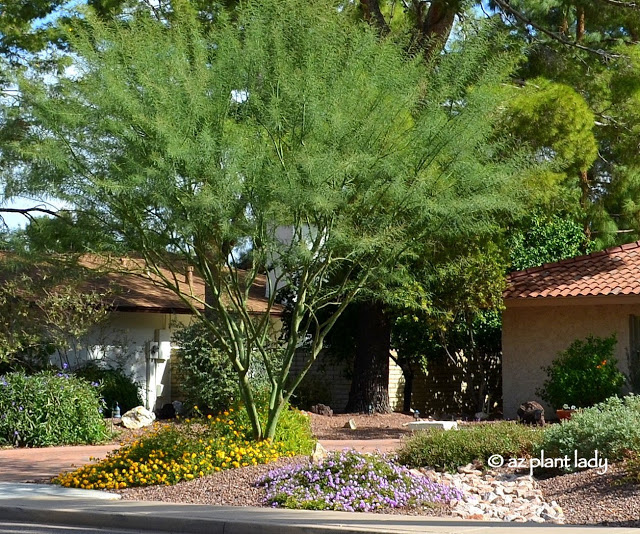








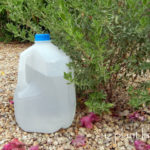
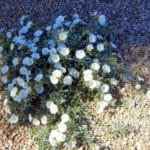
Great post, Noelle!
Lots of good advice here.
I've had good results (so far) with plenty of rootbound plants following the suggestion you give — cutting the circling roots.
And I think you're right about small plants often settling in better than larger ones. (Although there may be a sweet spot — sometimes very small / very young plants have a hard time surviving difficult conditions. For instance, I've had some bad results with quart-size or even 1-gallon plants. Maybe 3-5 gallons is the ideal size to get started? (I've gone much larger for some trees and shrubs – 7-gallon or even 15-gallon or balled and burlapped. Some of those plants do well, but others have really struggled.
I like your idea on how a smaller plant can be better. I would imagine that finding a plant from a nursery that has time to grow would be really beneficial. I’m looking for some plants for my garden so I’ll have to choose smaller, younger ones so they will grow more.
I love have plants in my home on the exterior as well as the interior. I like the tip you give of going to a local plant store and making sure you research possible plants you want to buy in depth so that you don’t end up buying something that won’t grow in the local climate. I imagine that it would also be a good idea to go around with an employee so that those kinds of questions can easily be answered. Perhaps we will talk to other people that live around us and see where they would recommend we go.
Hello Jen,
That is a great idea. You may also find inspiration from a local garden club as well. Thank you for your comment!
Best,
Noelle
I never knew that getting a plant that has been in a pot for too long is a bad idea. I figured that once the plant was planted in your yard that the roots would spread out a bit more, but I guess that they do not live as long as others. My wife and I recently moved into a new home and so we are looking to plant some greenery, so this information is really helpful — thank you!
I am glad that I was able to help. Good luck with the garden around your new home.
My wife and I have recently moved into home that has a large yard. We are wanting to choose some plants we can put into our flower beds and garden. I didn’t realize that smaller plants have an easier time establishing themselves after planting has occurred. That’s really cool information I’ll remember next time we go to the nursery.
Hello Tomas,
It also saves you time – digging smaller holes AND less money 🙂
I am looking to buy some plants and flowers to add some color to our yard. At the nursery, I want to make sure I choose the right ones. As you said, plants grown locally are better acclimated to the environment. We’ll be sure to buy locally.
Hello Annika,
Whenever possible, I do buy locally!
I go to Elgin Nursery, they have great stock and friendly, knowledgeable staff.
Hello Esmie,
I have heard great things about Elgin Nursery. Thank you for sharing your recommendation.
My advice is to always know where you are going to put the new plants you buy! But do I always follow my own advice? That would be a no. Haha